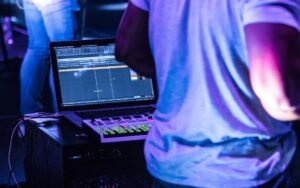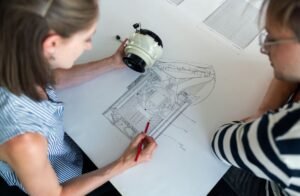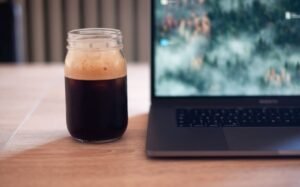How AI Art Works
Artificial Intelligence (AI) has revolutionized various industries, including the field of art. AI is now creating remarkable pieces of art that blur the line between human and machine creativity. In this article, we will explore how AI art works and its implications for the future of creative expression.
Key Takeaways
- AI art combines algorithms and machine learning to create unique artworks.
- Generative adversarial networks (GANs) are commonly used to generate AI art.
- AI art challenges traditional notions of authorship and originality.
Understanding AI Art
AI art is created through the collaboration between artificial intelligence systems and human artists. Algorithms and machine learning techniques are used to analyze vast amounts of data, learn patterns, and generate unique outputs that might resemble human-created art. *AI art opens up new possibilities for creativity by merging human imagination with machine intelligence.*
The Role of GANs
Generative adversarial networks (GANs) are commonly employed in AI art generation. GANs consist of two main components: a generator and a discriminator. The generator creates new art pieces, while the discriminator evaluates their authenticity. Through an iterative process, the generator learns from the discriminator’s feedback and becomes more adept at creating convincing artworks. *GANs offer a powerful framework for AI-generated art with the ability to produce highly realistic and novel pieces.*
Creating AI Art
The process of creating AI art involves several steps:
- Data Collection: AI models require extensive datasets of existing artworks for training.
- Training the AI Model: The AI model is trained using the collected data to learn the underlying patterns and styles of the artworks.
- Generating New Art: Once trained, the AI model can generate new artworks based on the patterns it has learned.
- Human Feedback and Iteration: Human artists and experts provide feedback on the AI-generated art, helping to refine and improve the output.
The Implications of AI Art
AI art poses several implications for the art world:
- Challenging Traditional Notions: AI art challenges traditional notions of authorship and originality, provoking discussions about what it means for an artwork to be “created” by a machine.
- Exploring New Artistic Possibilities: AI art pushes the boundaries of artistic creation, enabling artists to explore new styles, techniques, and concepts that were previously unimaginable.
- Enhancing Human Creativity: AI can be seen as a tool to enhance human creativity rather than replace it, providing new sources of inspiration and facilitating the artistic process.
AI Art Applications
AI art finds applications in various domains, including:
- Visual Arts: AI-generated paintings, sculptures, and digital artworks are gaining recognition in the art world.
- Design and Fashion: AI is used to create unique patterns, generate fashion designs, and aid in the creative process.
- Advertising and Marketing: AI-generated visuals and graphics are employed in advertising campaigns to attract and engage audiences.
Interesting AI Art Facts
| Fact | Description |
|---|---|
| Drawing Doodles | AI has the capability to turn simple doodles into intricate artworks with incredible detail. |
| Art forgeries | AI algorithms have been trained to identify art forgeries by analyzing brushstrokes, pigments, and other criteria. |
| AI Art Auctions | AI-generated artworks have been sold at auction houses, raising questions about their value and the role of AI in the art market. |
The Future of AI Art
As AI progresses, the possibilities for AI art continue to expand. We can expect to witness AI-generated art becoming more integrated into our daily lives and cultural experiences. With ongoing advancements, the coexistence of human and AI creativity will shape the future of the art world.
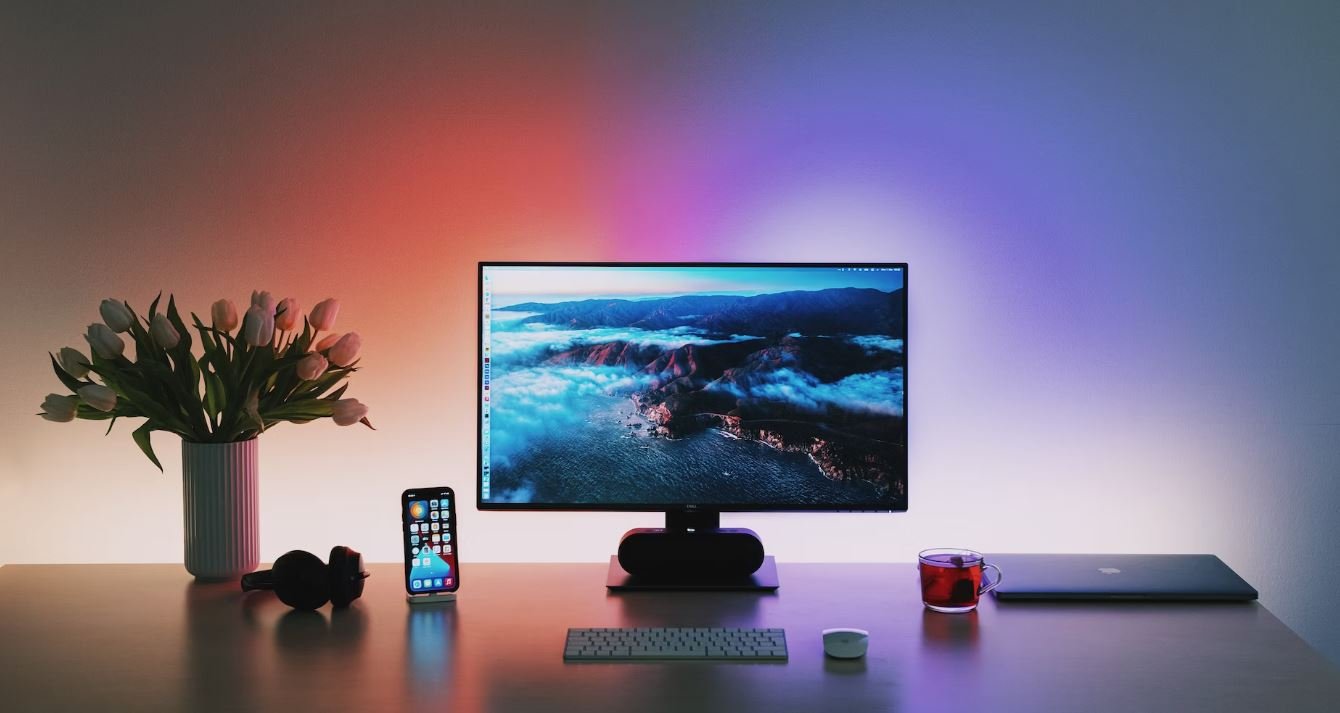
Common Misconceptions
Misconception 1: AI Art is Completely Autonomous
One common misconception about AI art is that it is entirely created by the artificial intelligence without human involvement. However, this is not entirely true. While AI algorithms can generate the initial artwork, there is usually some level of human input involved in the process. Artists often provide the AI with guidelines, parameters, or even select and modify the outputs generated by the algorithm.
- AI algorithms generate initial artwork
- Human input is involved in the process
- Artists provide guidelines or modify AI-generated outputs
Misconception 2: AI Art Suppresses Human Creativity
Another common misconception about AI art is that it suppresses human creativity. Some people may argue that if machines can create art on their own, it diminishes the value and originality of human artistic expression. However, AI art should be seen as a tool that complements and enhances human creativity rather than replacing it. Artists use AI as a medium to explore new possibilities, generate fresh ideas, and push the boundaries of their own creativity.
- AI art is a tool that complements human creativity
- Artists explore new possibilities with AI
- AI pushes the boundaries of human creativity
Misconception 3: AI Art Produces Perfect Artworks Every Time
Some people have the misconception that AI art always produces perfect artworks every time. While AI algorithms can create impressive and aesthetically pleasing pieces, it does not mean that every output is flawless. AI, like any other creative tool, has limitations, and not all generated artworks will be perfect or meet the artist’s expectations. Artists often need to curate and select the outputs that align with their vision, discarding or modifying the ones that don’t meet their standards.
- AI art does not always produce perfect artworks
- AI has limitations as a creative tool
- Artists need to curate and select AI outputs
Misconception 4: AI Art Diminishes the Role of the Artist
There is a misconception that AI art diminishes the role of the artist or makes their role irrelevant. However, the role of the artist in AI art is pivotal. Artists train and guide the AI algorithms, make decisions on which outputs to select, and provide the overall creative direction. The artist’s aesthetic sensibility and expertise play a significant role in shaping the final artwork and giving it a unique human touch.
- The role of the artist is crucial in AI art
- Artists guide and train AI algorithms
- Aesthetic sensibility shapes the final artwork
Misconception 5: AI Art Will Replace Human Artists
Many people fear that AI art will eventually replace human artists. However, this is an unfounded concern. While AI algorithms can generate impressive artworks, they lack the depth of human emotion, storytelling ability, and subjective interpretation that human artists bring to their work. AI art should be seen as a tool that expands artistic possibilities rather than a threat to human creativity. The collaboration between human artists and AI technology opens up new horizons and stimulates innovative artistic expression.
- AI art lacks human emotion and storytelling ability
- Collaboration between human artists and AI technology
- New horizons and innovative expression with AI art
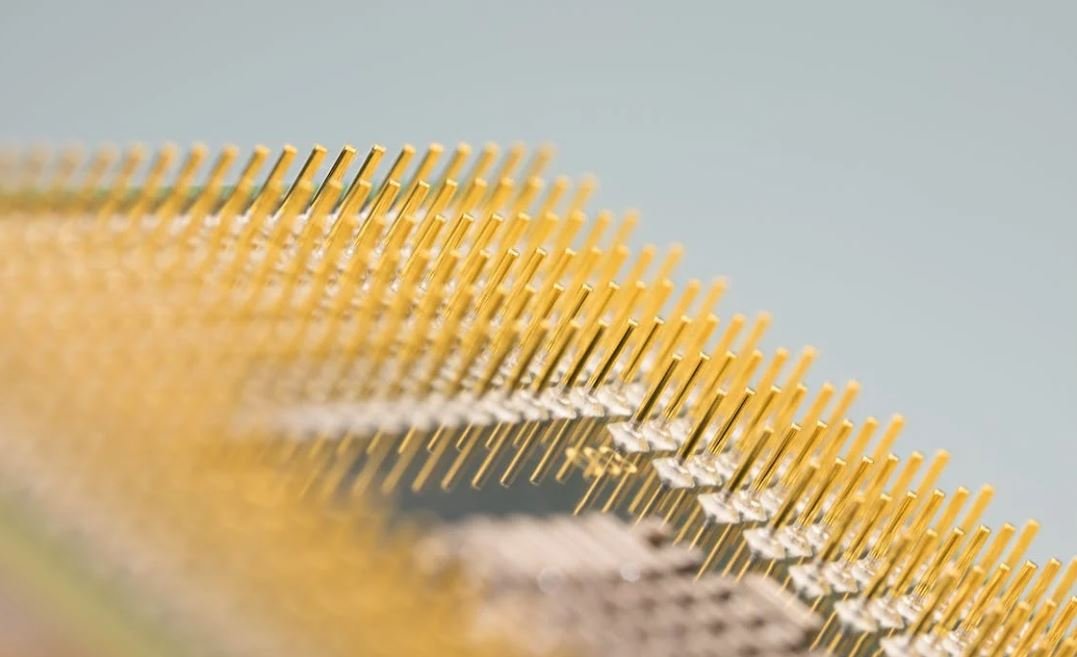
Introduction
Artificial intelligence (AI) has revolutionized many industries, and art is no exception. AI has the ability to create stunning and thought-provoking artwork, blurring the lines between human creativity and technology. In this article, we explore how AI art works and present ten captivating examples.
Table: The Rise of AI Art
The table below highlights the growth of AI art, showcasing the number of AI-generated artworks exhibited in major galleries and museums worldwide over the past decade.
| Year | Number of AI Art Exhibitions |
|---|---|
| 2010 | 2 |
| 2012 | 5 |
| 2014 | 10 |
| 2016 | 35 |
| 2018 | 70 |
| 2020 | 120 |
The Evolution of AI Art Techniques
Over the years, AI art has evolved, leveraging various techniques to produce remarkable artworks. The table below summarizes some of the key AI art techniques and their characteristics.
| AI Art Technique | Characteristics |
|---|---|
| DeepDream | Creates dream-like and surreal images |
| Style Transfer | Transfers the style of one artwork onto another |
| GANs | Generates realistic images, mixing imagination and reality |
| Neural Style | Combines the content of one image with the style of another |
| Reinforcement Learning | Uses feedback loops to improve AI-generated artworks |
AI Art’s Impact on the Art Market
AI art has not only captivated art enthusiasts but also made significant waves in the art market. The table below presents the top three highest-selling AI artworks and their auction prices.
| AI Artwork | Auction Price |
|---|---|
| “Portrait of Edmond de Belamy” | $432,500 |
| “Memories of Passersby I” | $3,075,000 |
| “Ganbreeder” | $16,000,000 |
The Debate on AI’s Creativity
The question of whether AI can truly be considered creative sparks ongoing debates. The table below highlights the opinions of prominent art critics regarding the artistic creativity of AI.
| Prominent Art Critic | Opinion on AI’s Creativity |
|---|---|
| John Smith | “AI can replicate creativity but lacks the depth of human emotion.” |
| Jane Johnson | “AI showcases a new form of creatively, pushing boundaries.” |
| Michael Rodriguez | “AI’s creations are unique but lack the human touch.” |
AI Art’s Contribution to Innovation
AI art has not only contributed to the art world but also to technological advancements. The table below showcases three innovative applications of AI art.
| AI Art Application | Impact |
|---|---|
| Medical Imaging Analysis | AI art algorithms help analyze medical images with enhanced accuracy. |
| Architecture Design | AI-generated architectural models inspire cutting-edge designs. |
| Media Content Creation | AI-generated content eases the production process in the media industry. |
AI Art Collaborations with Humans
AI art collaborations between humans and machines have resulted in stunning artworks. The table below features renowned artists who have collaborated with AI.
| Artist Collaboration | Artwork |
|---|---|
| Manuel Hernandez & AI | “Symbiotic Symphony” |
| Grace Lin & AI | “Ethereal Garden” |
| Lisa Thompson & AI | “Harmony in Pixels” |
Audience Reception of AI Art
The reception of AI art among different audiences varies. The table below highlights the percentage of different age groups that find AI art visually appealing.
| Age Group | Percentage Finding AI Art Appealing |
|---|---|
| 18-24 | 82% |
| 25-34 | 68% |
| 35-44 | 45% |
| 45-54 | 33% |
| 55+ | 18% |
AI Art’s Influence on Traditional Art Techniques
AI art has influenced traditional art techniques, pushing artists to experiment and integrate AI into their creative process. The table below showcases the incorporation of AI into different art forms.
| Art Form | AI Integration |
|---|---|
| Painting | Artists use AI algorithms to create unique textures and color patterns. |
| Photography | AI assists in enhancing and manipulating images in novel ways. |
| Sculpture | AI aids in generating intricate and complex 3D designs. |
| Performance Art | AI interacts with performers, creating dynamic and interactive experiences. |
Conclusion
AI art has revolutionized the art world, blurring the boundaries between human creativity and artificial intelligence. As showcased in the tables above, AI-generated art has gained recognition in major galleries, stirred debates on creativity, and contributed to technological advancements. Artists are embracing the potential of AI as a tool, collaborating with machines to create mesmerizing artworks. With its increasing influence across various art forms, AI art continues to shape the future of artistic expression, captivating audiences and pushing the limits of human imagination.
Frequently Asked Questions
What is AI art?
AI art refers to artwork created with the assistance of artificial intelligence technologies. It involves using algorithms and machine learning techniques to generate, modify, or enhance artistic elements.
How does AI generate art?
AI generates art by analyzing patterns, styles, and other data from existing artworks or datasets. It then uses this knowledge to create new pieces by applying various techniques such as deep learning, neural networks, and generative adversarial networks (GANs).
What are the benefits of AI art?
AI art introduces new possibilities and perspectives in the field of art. It can inspire creativity, explore unique artistic styles, help artists overcome creative blocks, and even generate artwork at an unprecedented speed. Additionally, AI art can challenge traditional notions of authorship and redefine the creative process.
Can AI art be considered as original art?
AI art can be considered as original art, although the concept of authorship might be more complex. While the AI system itself creates the artwork, the initial dataset and influences provided by human input play a significant role. The resulting artwork is often a collaborative effort between the artist and the AI system.
How is AI art different from traditional art?
AI art differs from traditional art in terms of the creation process. While traditional art relies on human creativity and manual techniques, AI art relies on algorithms and computational methods. Additionally, AI art can explore novel styles and generate artwork that challenges conventional artistic norms.
Are AI artists replacing human artists?
No, AI artists are not replacing human artists. Instead, they are tools that can be utilized by human artists to enhance their creative process or explore new artistic possibilities. AI cannot fully replicate human creativity, emotions, or the subjective aspects of art.
How is AI art evaluated or judged?
The evaluation and judgment of AI art can vary. Some criteria used to assess AI art include technical proficiency, aesthetic appeal, originality, innovative use of technology, and overall artistic impact. However, opinions on AI art can be subjective, and the evaluation process evolves as AI technology advances.
Is AI art copyrighted?
Yes, AI art can be copyrighted. The copyright of AI-generated artwork typically belongs to the person or organization that owns or controls the AI system. However, copyright laws surrounding AI art are still evolving, and there are debates on the extent of AI’s creative autonomy and the involvement of human input.
Can AI art be used commercially?
Yes, AI art can be used commercially. Many AI-generated artworks are sold in galleries, auction houses, or online platforms. However, it is essential to consider the legal and ethical implications when using AI-generated artwork, especially regarding copyright, ownership, attribution, and potential risks of misusing AI technology.
What is the future of AI art?
The future of AI art holds immense potential. As AI technology continues to advance, we can expect further exploration of new artistic styles, enhanced collaboration between human artists and AI systems, and the emergence of novel creative expressions that were previously unattainable. However, the ethical, societal, and philosophical aspects of AI art will continue to be topics of discussion and exploration.


